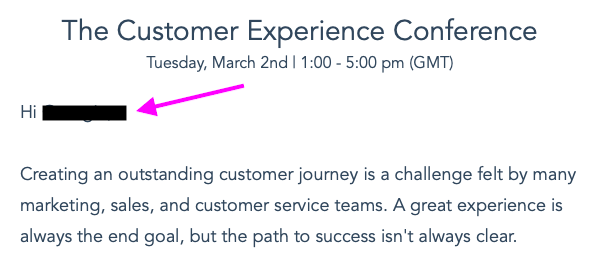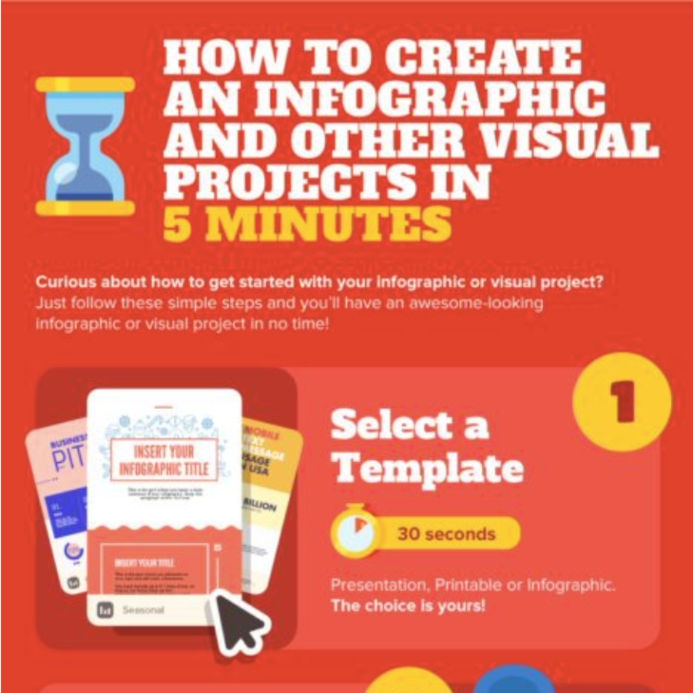With over 3.6 billion people on social media, there’s absolutely no denying it’s where you and your business need to be.
Efficiently use socials and you’ll build brand awareness, credibility and loyalty. As for small businesses, social media marketing can be low-cost, increase lead generation, and it needs nothing but time.
Social Media Marketing Advice your Business Needs
Wondering where to start?
We know the online world is overwhelming so we’ve put together six tips to help you get going. Remember, depending on your target market, social media platforms, and end goal, you’ll need to adapt these tips to fit your needs.
1. Provide a variety of content types
Research shows that internet users spend an average of 144 minutes on social media per day. Think about how much content they consume as a result.
In order for your brand to catch people’s attention and hold it, varying your content is a must. No matter which platforms you choose, there are a range of features on each to use to your advantage.
Simple content like posts and comments have come a long way. You can now engage your audience with live streams, videos, reels, music, filters and GIFs to make content as dynamic as possible.
Pro Tip: Videos are 80% more likely to be consumed than written content and, if they’re live, they’ll perform four times better than pre-recorded videos.
If you’d rather an alternative approach, think polls, quizzes and hashtag challenges.

2. Personalize your conversations
Another way to draw your audience’s attention to your content—and to increase conversion rates—is with personalization.
Whether using this tactic with videos, conversations or recommendations, personalizing interactions with your audience or potential customers will make them feel understood and increase positive business outcomes. 86% of consumers say that personalized marketing directly impacts their purchase decisions.
Tailor your marketing messages based on the data you’ve collected about your audience. This might include
- Name
- Age
- Marital status
- Location
- Job title
- Company name
You should be able to use this data again at a later stage in your sales funnel.
Communication you can personalize:
- Videos
- Emails
- Deals and offers
- Subscription services
- Product or service demos
- Recommendations based on behavioral data

Top tip: Use first names when you can! You’ll be able to get your marketing messages across quicker as people naturally respond to their names.
Personalized emails generate on average 46% higher open rates than standardized ones. The more you personalize your messages, the more likely they are to convert leads and engage your customers. But, your efforts need to start with social media.

3. Create unique content
Unique content will make you stand out in a saturated market. Your SEO will improve if your content is interactive, valuable, and useful for the reader—higher engagement leads to higher visibility.
The key to unique content is visual media. People can remember images with more than 90% accuracy and can process them 60,000 times faster than text. Once you’ve researched your audience and know their content preferences, start exploring the visual realm.
You can make data and statistics attractive by displaying them in infographics. If you don’t know how to create an infographic, there’s plenty of software out there to help you get started.

You’ll want to create an infographic as informative and compelling as possible. Make use of colors, icons, and data visualization. Adding images to your text can increase engagement by up to 650%. Don’t be afraid to get creative with it.
Meme-marketing is another great way to connect with your audience and attract new leads. You can make a meme by overlaying an image or video with humorous text. Memes provide value to your audience through entertainment. This media is easy to create, relatable, and highly shareable. Check out Adobe Spark’s free meme-maker.

Create content unique to your business and the insights you have. However you end up displaying your content, always make sure it’s relevant. Your business will gain value, credibility and authenticity for it.
4. Align your strategy with your research
To put it bluntly: you won’t get far without researching the type of people in your audience and your customer base. UX research can provide some fantastic audience insights beyond how your users are experiencing your site or product. The research process can unpick your demographics and suggest the content they need.
Track your research projects
SaaS tools can help you manage work and stay on top of things. For example, project management documentation tools will keep you and your team informed, stay organized, and make collaboration easy as you embark on any research project.
Building your social strategy is a big project so don’t be afraid to use what’s out there for guidance.
Pro tip: Aligning projects like UX research with larger business strategies makes them 50% more likely to finish on time and up to 57% more successful.
Alignment leads to achievement.
5. Use non-traditional platforms
Twitter has 340 million users in total, Instagram has 1 billion monthly users, and Facebook has 1.62 billion daily users. Are these platforms right for your business? Can you compete in all that noise?
Using social media platforms that are not in the ‘Big Three’ might be highly beneficial for your business. You can communicate with your target audience faster—on more niche platforms—where those who share your interests and values are all tightly collected in one place.
Comparatively, the number of users and amount of traffic will be lower but, your ROI and relevancy may be higher. Consider channels like:
Steer away from the most popular platforms, find a more relevant audience, and watch as your conversion rates increase.
6. Don’t put all your eggs in one basket
If your audience engagement is rocketing through one channel, don’t stop there. Just because it’s working really well for you now, doesn’t mean it always will.
- Spread your efforts across different channels and provide unique content for each.
- Consider prime times to post on each platform and where its greatest demographic is.
- Pay attention to how users communicate on different platforms. You’ll need to adapt your communication and content depending on where you’re posting.
Whilst it’s true that there’s great overlap online with social media users having an average of eight accounts, being present on just one platform will limit what mediums you can use and the audience you engage with.
Different demographics engage to varying degrees and with different content types. For example, people between the ages of 55 and 64 are more than twice as likely to engage with a brand’s content.
Make sure you post the right content on the right channel, and play to the channel’s strengths.
At the end of the day, you’re looking to get your name out, drive traffic to your website, and stay in touch with your audience. So don’t be scared of emerging channels. The water may be worth dipping your toes in.
Wrapping up social media tips for small businesses
In 2021, it’s almost fair to say that if you’re not on social, you don’t exist. To grow your business well, target your audience through multiple social media platforms with your exciting, relevant and unique content. Deliver it wisely and you’re on to a winning strategy.
If you're a freelancer, take a look at our social media contract template.
It’s time to fully embrace social media—your way.







